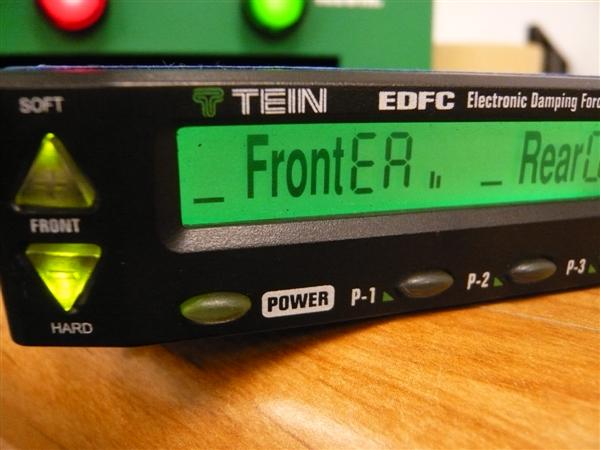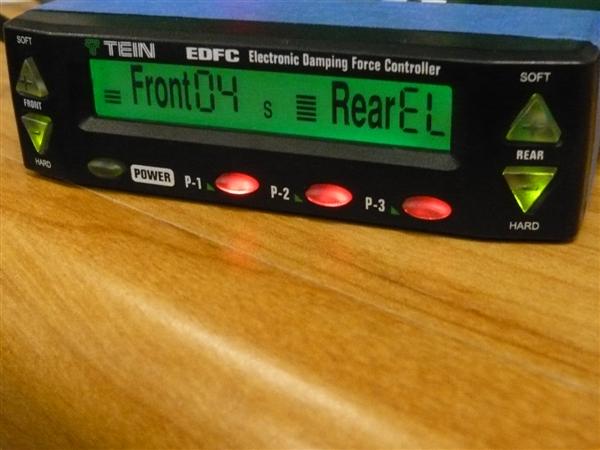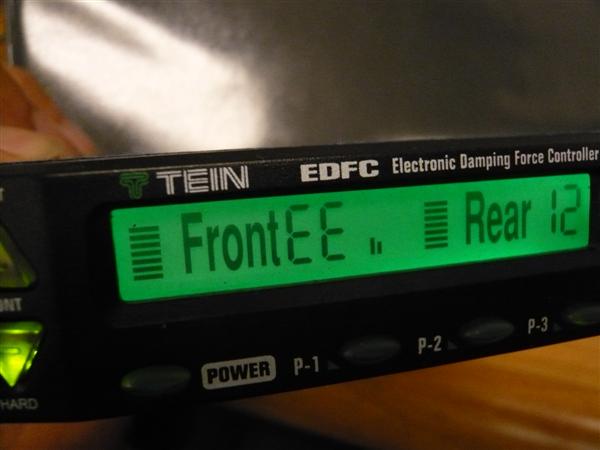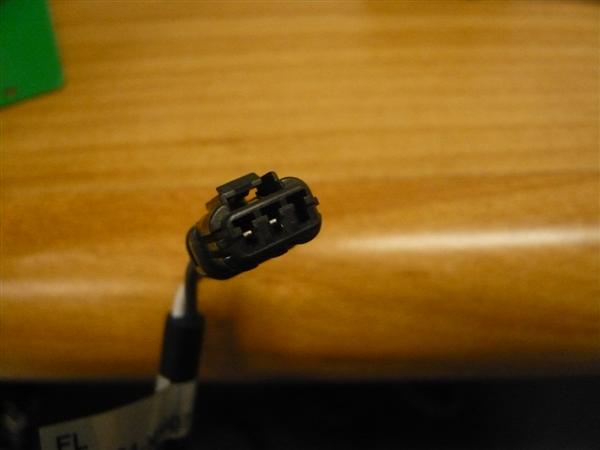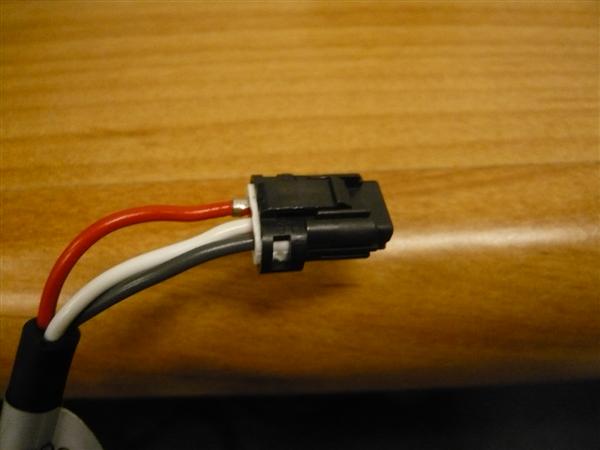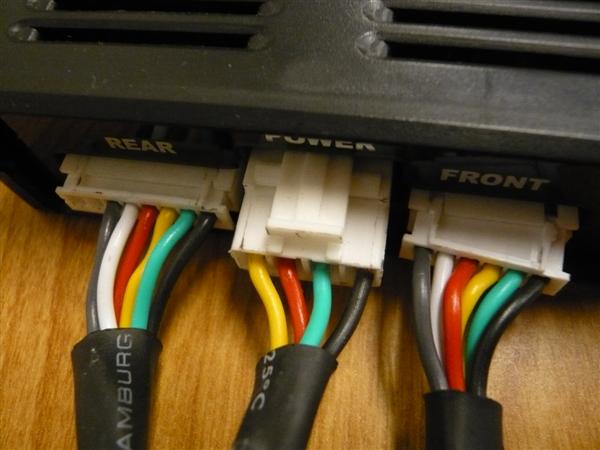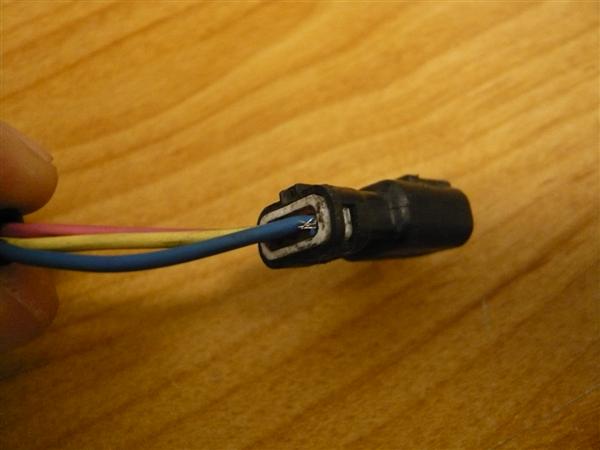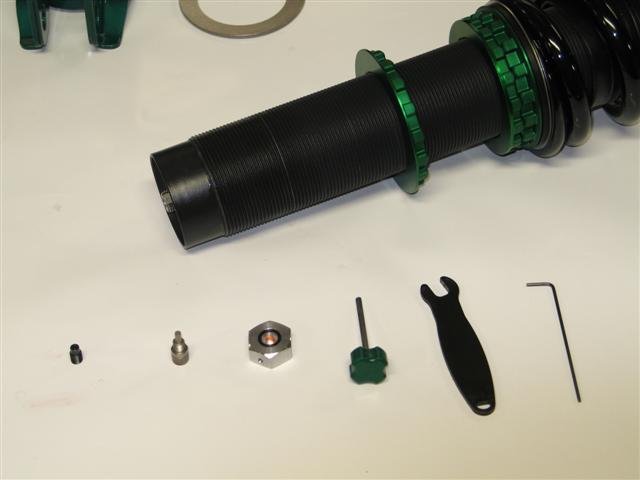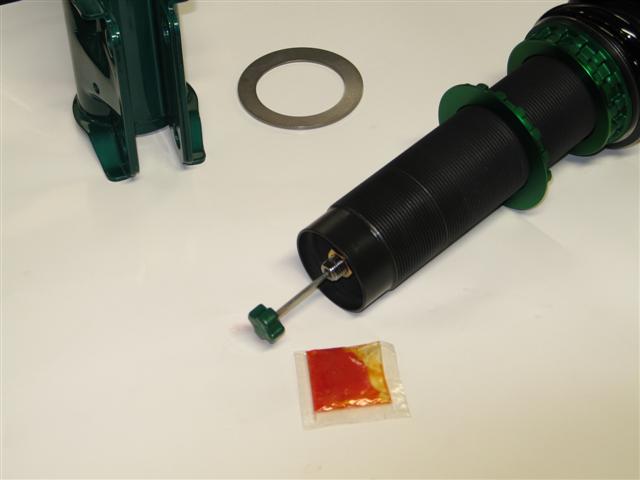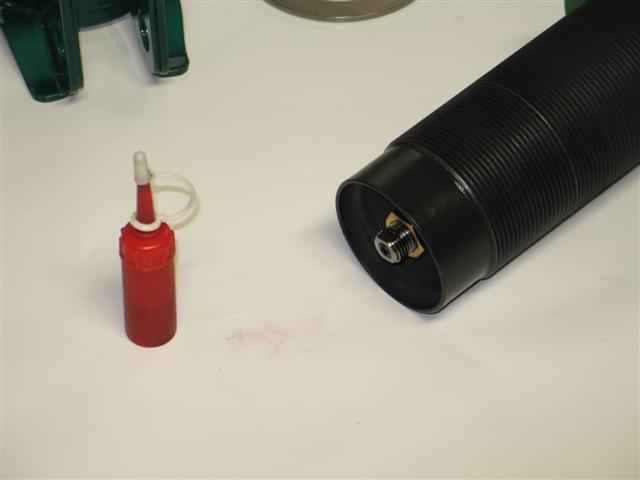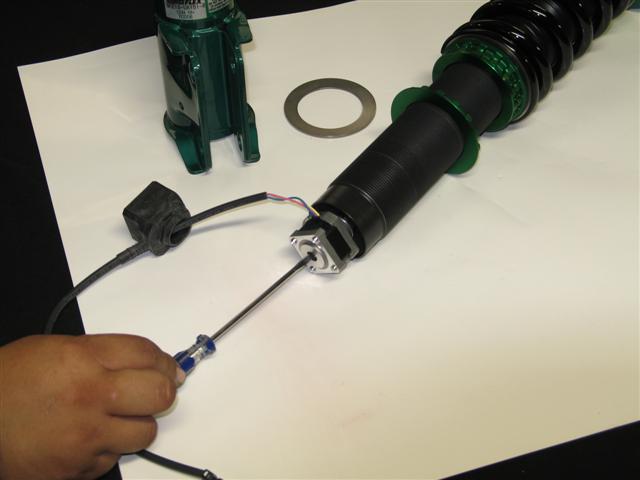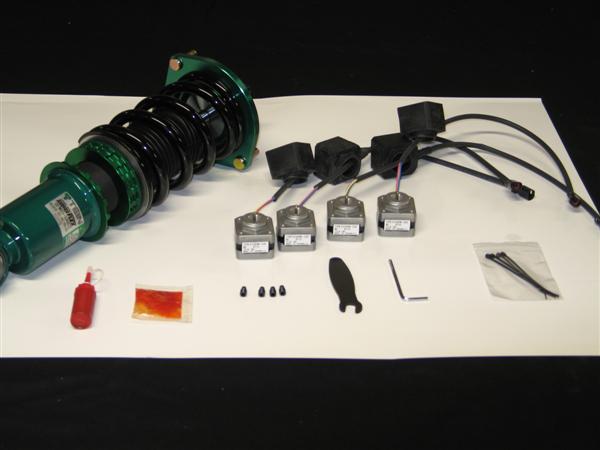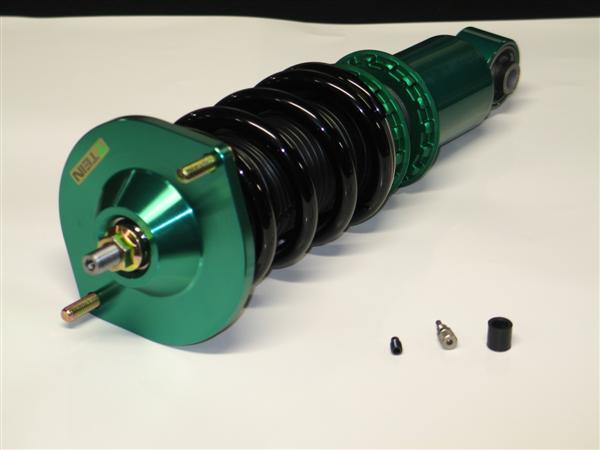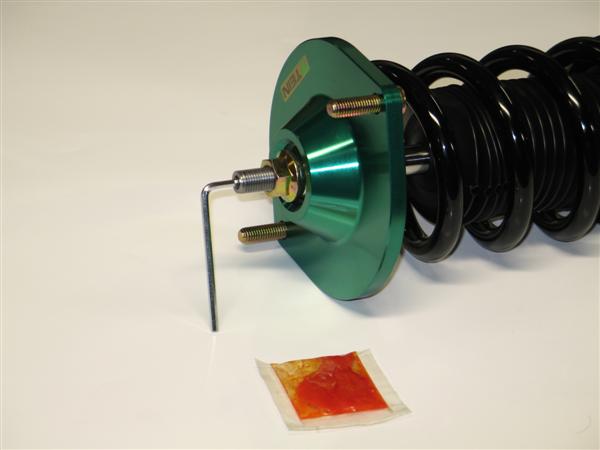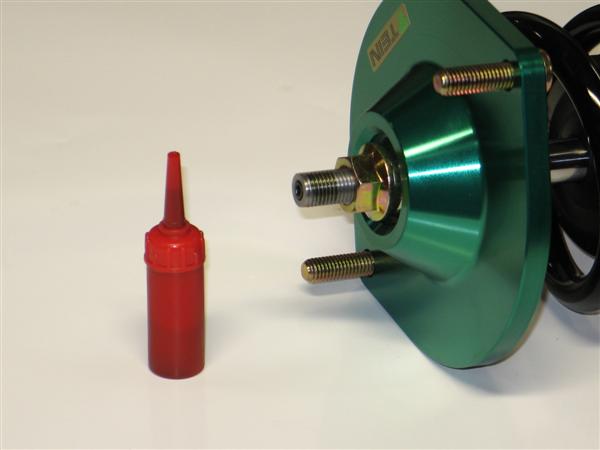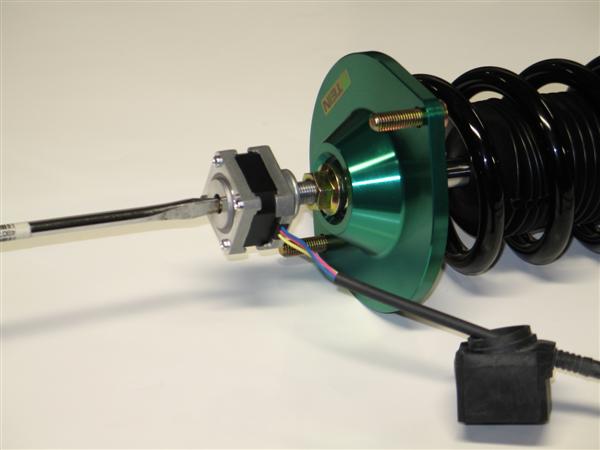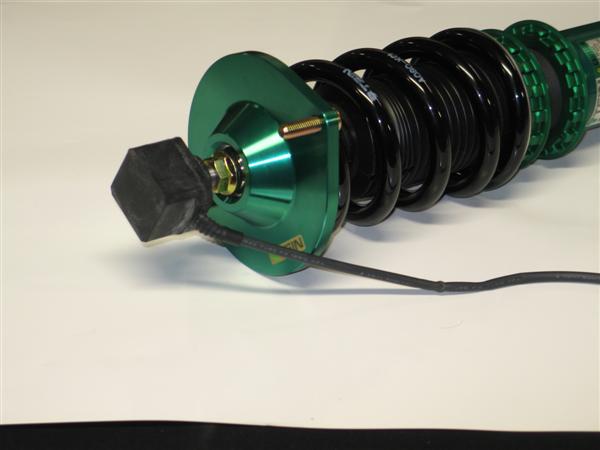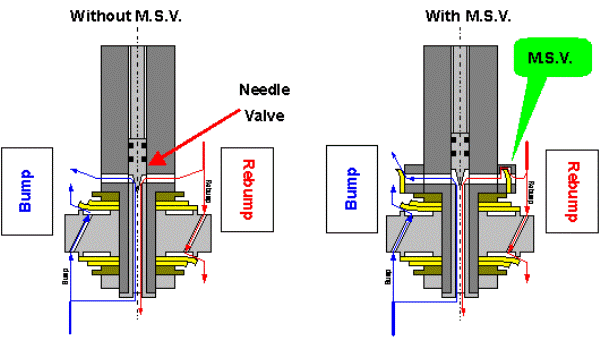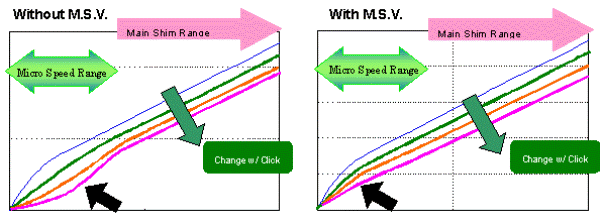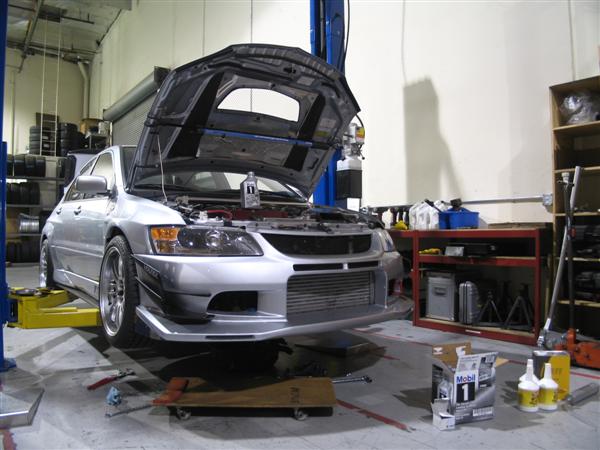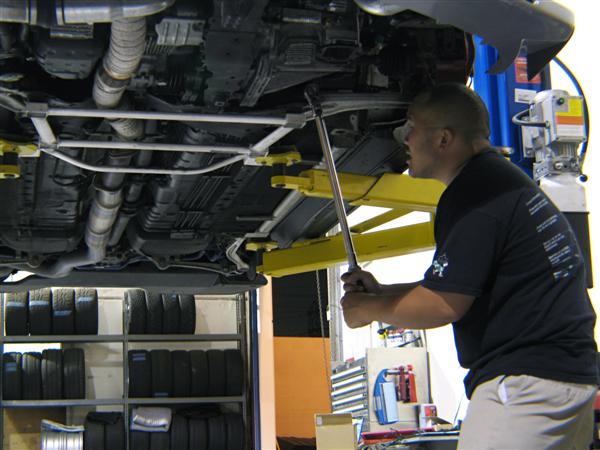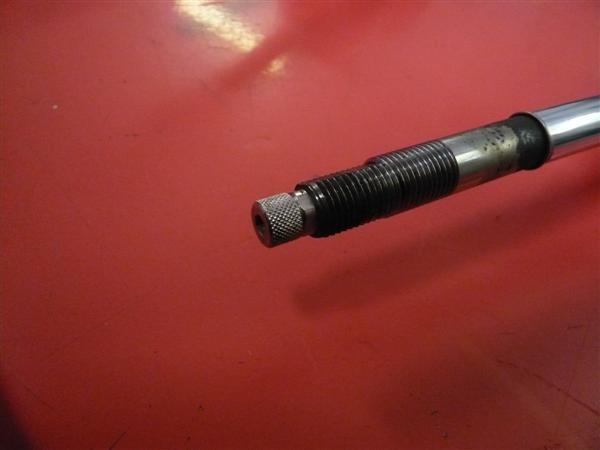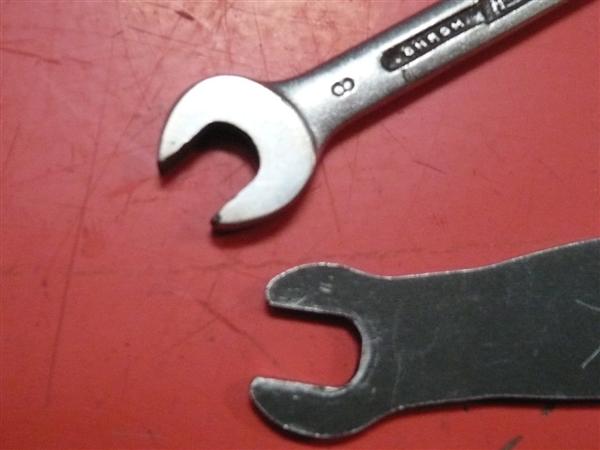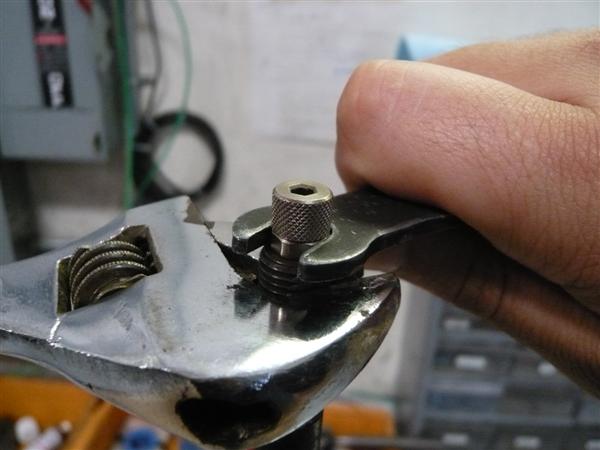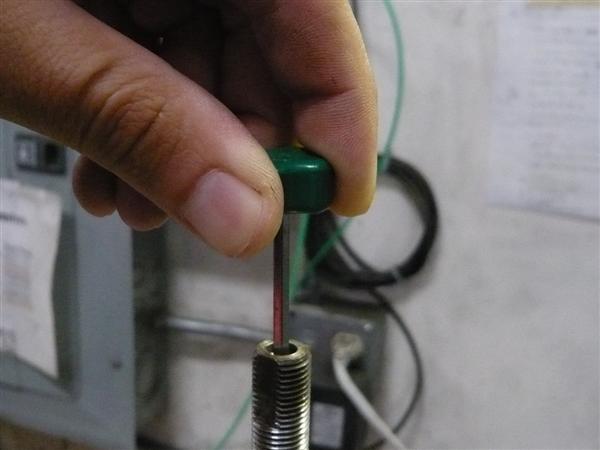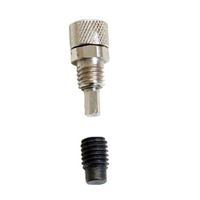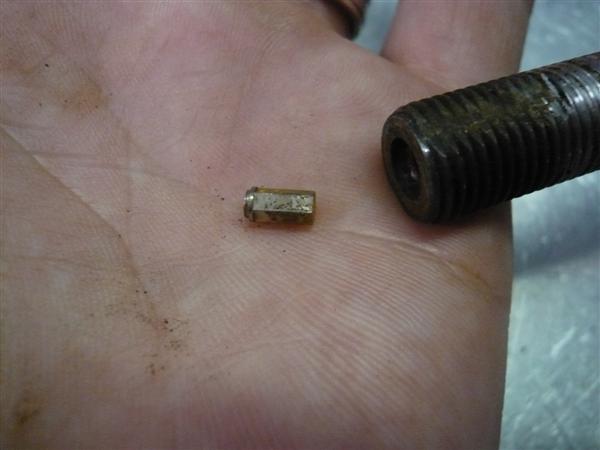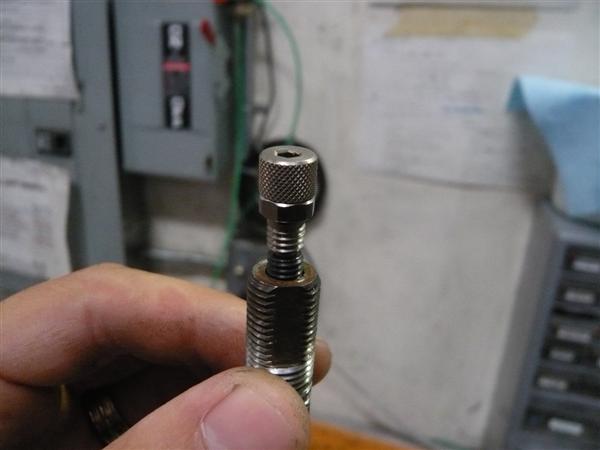Hello from the TEIN R&D Department. Some, if not most, of you own a set of our dampers. If it so happens that you do indeed own and use a set of Tein Dampers, sometime down the line the damper is going to need an overhaul.
Whether the damper is leaking or just not performing like it used to, we have all your Overhaul needs covered. Follow this link for some basic prices and information regarding your Overhaul Service.
Here, we’ll be using one of our Overhaul Customer’s dampers to show you what normally goes on during our Overhaul Service.
We can see that this customer’s damper has been leaking oil and has accumulated some dirt while being driven. (Remember everyone, check the conditions of your dampers often. If you see it beginning to leak send it in for servicing. Continued use of an already worn out damper can only do more harm.)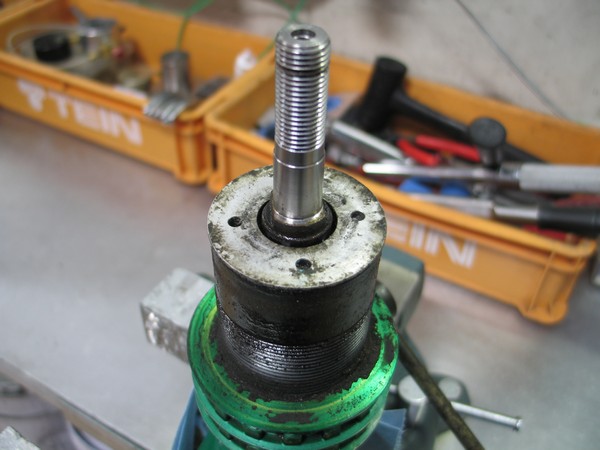
We’ve disassembled the damper and the parts are going to be washed.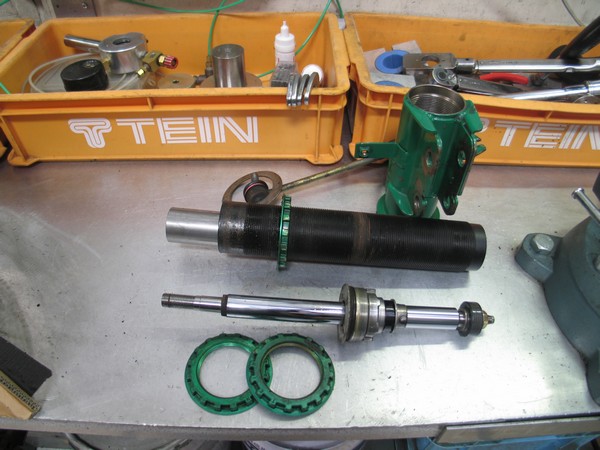
One of the easiest ways for us to determine how badly your dampers needed servicing is by looking at the overall color and quantity of the oil that comes out of the damper. The oil on the Left is new shock absorber oil, and the oil on the left is what came out of the damper, you can see the color difference between the two. When compared with the amount of oil the damper should have had, the actual amount that came out is quite low. (Driving a shock absorber with little to no oil will have the same consequences as driving your engine with no oil, inner components will begin to wear down and need replacing, or in the worst cases we’ve seen, the dampers are completely irreparable.)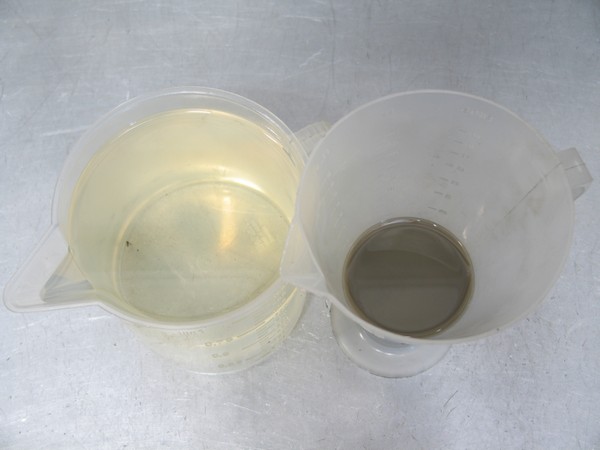
After the parts are washed and inspected further, worn down parts will be replaced.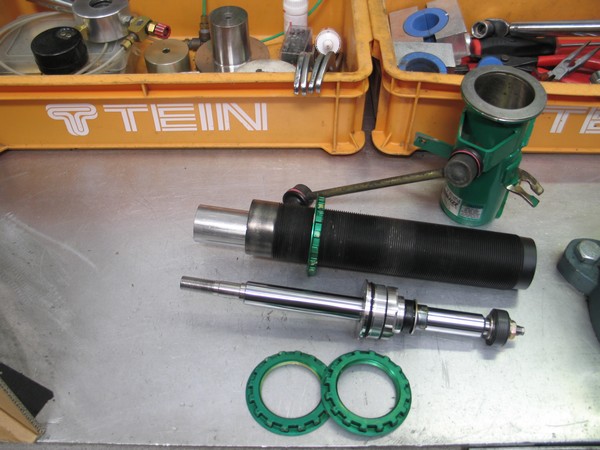
After everything is put back together you have a damper that performs just as it did out of the box and looks almost like it did out of the box. (Our dampers are originally powder coated. If the paint is beginning to fade or peel, to get it back to looking like brand new the damper would require a re-powder coating service. Unfortunately, we do not have that service available.)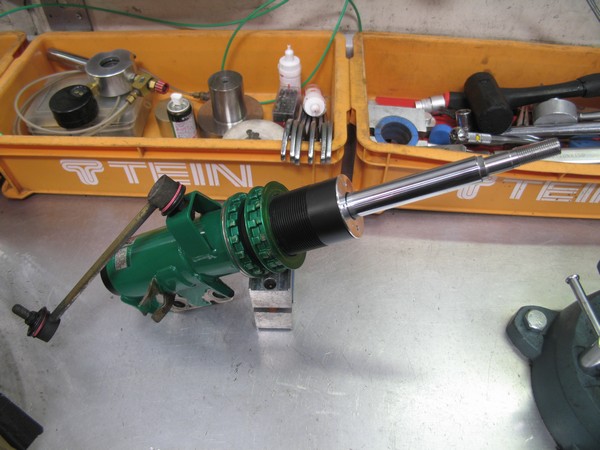
Our recommended Overhaul Service interval is 3 Years/36,000 Miles if the damper is used only for daily driving/paved road use. If your dampers see track time or off-road time then your recommended Service Interval will be shorter. Vice versa if the dampers are used on a “Saturday Night or Weekend Special” car then your Service Interval will be longer.
Bottom line, check your dampers’ condition often. If you see oil or if they’re not performing like they used to then send them on in. We’ll make them look and feel like new.

